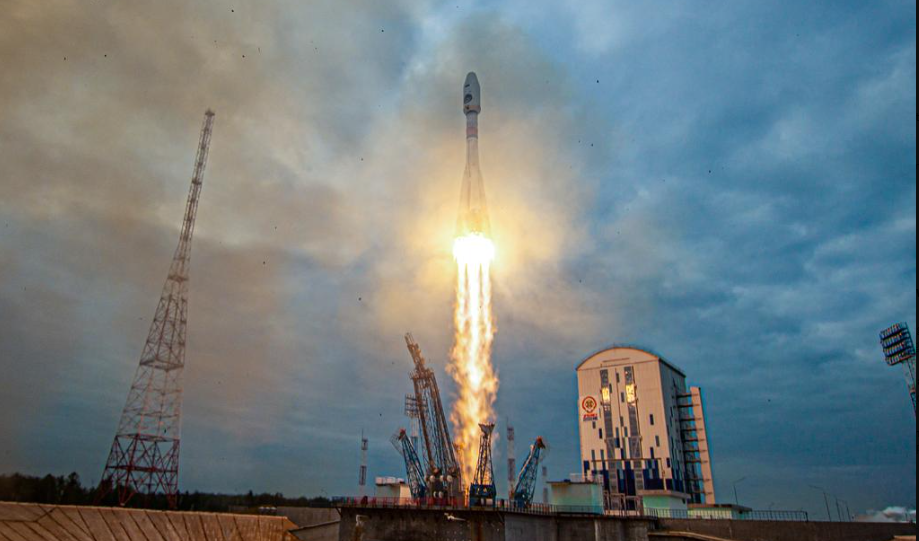Russia’s Luna-25 spacecraft ended up crashing into the moon as it tried to make a landing on the south pole on Sunday.
The country’s Roscosmos space agency confirmed the news that Russia’s pilotless spacecraft was expected to land Monday in an area of the moon where scientists believe there could be reserves of frozen water and precious elements.
However, it lost contact with the Luna-25 on Saturday. The spacecraft ran into difficulties and reported an “abnormal situation.” “The apparatus moved into an unpredictable orbit and ceased to exist as a result of a collision with the surface of the moon,” read a statement from the agency.
Also Read | Biden family earned $20 million from Russia, Kazakhstan, Ukraine business ties, bank records show
It was also no secret that there was a race going on between the Luna-25 and Indian spacecraft Chandrayaan-3, which was launched on July 14 to be the first to land on the surface of the moon. Both were expected to reach the moon between August 21 and 23.
How much did Luna-25 cost?
The Luna-25 mission cost an estimated $200 million, which covered a wide range of expenses, including building of the spacecraft, developing launch operations, mission control, and scientific analysis of data returned from the moon.
Luna-25 was launched with the mission to explore the Moon’s south pole region. The spacecraft was equipped with state-of-the-art scientific equipment, including spectrometers and cameras. All of these was to enable it to analyze the lunar surface composition and capture images of the terrain.
Initially, at the beginning of the mission, momentous lunar landing was anticipated to occur on August 23, 2023. The Luna-25 was scheduled to descend towards the Moon’s south pole region through a meticulously planned series of maneuvers. They were supposed to guide the spacecraft to its designated landing site. The mission was a result of years of research and engineering.







